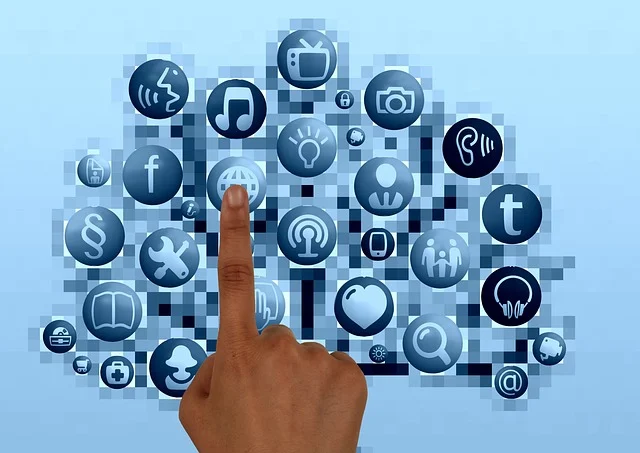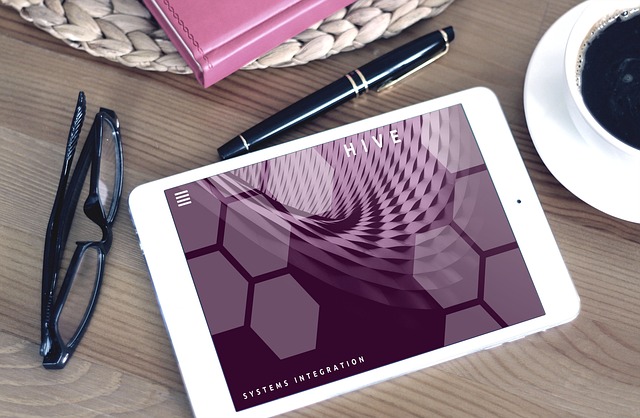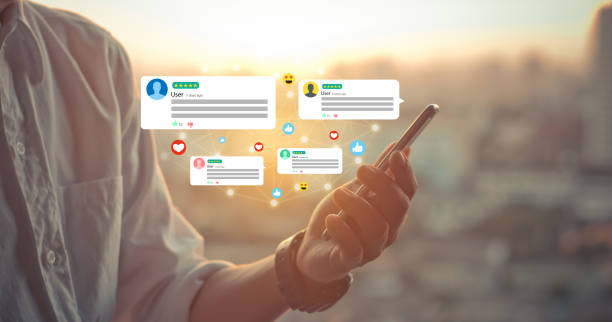Social media can be a powerful tool for conducting oral history interviews. It can help you to connect with potential interviewees, recruit participants for your project, and gather data in a variety of ways.
Here are some tips on how to use social media to conduct oral history interviews:
Choose the Right Platform

The right platforms to conduct oral history interviews depend on a number of factors, including the type of interview you are conducting, the target audience for your project, and the resources available to you.
Here is a brief overview of some of the most popular platforms for conducting oral history interviews:
Zoom is a popular video conferencing platform that is well-suited for conducting oral history interviews. It offers a variety of features that can be helpful for oral historians, such as the ability to record interviews in high quality, share screens, and transcribe interviews automatically.
Skype is another popular video conferencing platform that can be used for oral history interviews. It is similar to Zoom, but it offers a few different features, such as the ability to translate interviews in real time and to record interviews to the cloud.
Facebook Live is a live video streaming platform that can be used to conduct oral history interviews. It is a good option for oral historians who want to share their interviews with a wider audience or who want to engage with viewers in real time.
Instagram Live is another live video streaming platform that can be used for oral history interviews. It is similar to Facebook Live, but it is more focused on mobile users.
YouTube is a video sharing platform that can be used to publish oral history interviews. It is a good option for oral historians who want to create high-quality videos and reach a large audience.
Create a dedicated space for your project.

Set up a group page or account on social media for your oral history project. This will give you a central place to post updates, share resources, and connect with potential interviewees and participants. When creating your social media group or account, be sure to include clear and concise information about your project, such as:
- The goals of your project
- The types of people you are looking to interview
- How you plan to use the interview data
- How people can contact you to learn more about the project
Promote your project.

Share your project on social media and encourage others to get involved. You can use hashtags, join relevant groups, and reach out to potential interviewees directly. When promoting your project, be sure to use clear and concise language and to highlight the benefits of participating. You may also want to offer incentives, such as a chance to be featured on your social media pages or to receive a copy of the final product of your project.
Conduct video interviews on social media.

Many social media platforms allow you to conduct live video interviews. This can be a great way to connect with interviewees who are far away or who have busy schedules. When conducting video interviews on social media, be sure to:
- Choose a well-lit and quiet location
- Test your audio and video equipment beforehand
- Frame your shot carefully
- Be mindful of your body language
- Ask open-ended questions
- Give the interviewee plenty of time to answer your questions
Share oral history transcripts and excerpts on social media.

You can share oral history transcripts and excerpts on social media to engage the public and to raise awareness of your project. When sharing oral history transcripts and excerpts on social media, be sure:
- You have obtained permission from the interviewee. This means explaining to the interviewee how you plan to use their transcript or excerpt and getting their consent before sharing it.
- You have removed any sensitive information from the transcript or excerpt. This includes any information that could identify the interviewee or put them at risk.
- You have cited the interviewee properly. When sharing a transcript or excerpt, be sure to include the interviewee’s name and the date of the interview.
- You are following the copyright guidelines of the social media platform you are using. Some social media platforms have specific rules about sharing copyrighted material. Be sure to review the platform’s guidelines before sharing any oral history transcripts or excerpts.
- Use relevant hashtags. This will help people who are interested in oral history find your posts.
- Share short excerpts. People are more likely to read and engage with short excerpts than with long transcripts.
- Include images and videos. Images and videos can help to make your posts more engaging.
- Write informative captions. Be sure to provide context for the transcript or excerpt you are sharing and to explain why it is significant.
Use social media to collect data.

You can use social media to collect data for your oral history project in a variety of ways. For example, you can create surveys and polls, or you can ask participants to share their stories and experiences in the comments section of your posts. When collecting data on social media, be sure to:
- Follow all applicable data protection laws and regulations
- Obtain consent from participants before collecting any data
- Be clear about how you plan to use the data
- Be mindful of the copyright implications of sharing oral history materials on social media.
- Use social media to build relationships with potential interviewees and participants.
- Use social media to promote your oral history project and to share the results of your research with the public.
Final Thoughts

Social media can be a valuable tool for conducting oral history interviews in a safe and ethical manner. By using the tips in this blog post, you can connect with potential interviewees, recruit participants for your project, and gather data in a variety of ways to reach a wider audience with your work.
Here are a few key takeaways from this blog post:
- Choose the right social media platforms for your project.
- Create a dedicated space for your project on social media.
- Promote your project on social media.
- Conduct video interviews on social media.
- Share oral history transcripts and excerpts on social media.
- Use social media to collect data.
I hope this blog post has been helpful. If you have any questions or tips of your own, please share them in the comments below. Remember, always be kind, stay positive and learn to unwind.
